Currently, the problem of recycling polymer waste materials is becoming relevant not only due to environmental protection but also due to the shortage of polymer raw materials. From 1 kg of waste (polyethylene terephthalate, polypropylene, low-density polyethylene, high-density polyethylene), 0.8 kg of secondary raw materials are obtained. The popularity of plastic is explained by its lightness, economy, ease of use. Also, the production of plastic requires 21% less energy than the production of glass.
Stages and Methods of Recycling Plastic Waste
Plastic recycling consists of several stages:
- collection;
- sorting (by color, quality, clean/dirty waste);
- pressing;
- actual recycling (cutting, washing, drying, production of regranulate);
- manufacture of new products.
There are several ways to recycle plastic:
 Pyrolysis — thermal decomposition of substances with or without oxygen.
Pyrolysis — thermal decomposition of substances with or without oxygen.- Hydrolysis occurs under the influence of extreme temperatures and pressures. This method of using waste is energetically more beneficial than pyrolysis since high-quality chemical products are returned to circulation.
- Glycolysis — destruction proceeds at high temperatures and pressure in the presence of ethylene glycol and a catalyst until a pure product is obtained. This method is more economical than hydrolysis.
- Still, the most common thermal method of recycling plastic is methanolysis — the fission of waste with methanol.
- Nowadays, the most acceptable recycling method for many developing countries is mechanical recycling — the method doesn’t require expensive special equipment and can be implemented in any place where waste is accumulated.
Mechanical Method
It should be noted that during this process, plastic doesn’t lose its properties. For modern lines involved in mechanical recycling, the following recycled raw materials are suitable:
- plastic bottles;
- factory packaging;
- plastic bags;
- other plastic products.
As a result of this process, several types of products are obtained:
- PVC granules of different fractions;
- flake;
- chemical fiber;
- fuel.
The most promising concerning the subsequent implementation are granules and flake. Apart from the high demand for this secondary raw material, the technology for the production of granules and flakes is the least complicated. For flakes, it is conventional fragmentation, for granules — it is extrusion.
Polymer flakes are subsequently used for the manufacture of chemical fibers, plastic containers, and other products. Granules are widely used on an industrial scale, so this type of secondary raw material is in the highest demand. The cost of granules is also unrivaled. For example, in the United States, there are already several factories that “extract” fuel from recycled plastic. From 1 ton of raw materials, from 3 to 5 barrels of synthetic oil of light or medium fractions are obtained.
Recycling Stages
Before loading the raw material into the line, it must be sorted. After sorting, the following stages of plastics recycling are carried out:
- Fragmentation of recycled raw materials;
- Agglomeration — in other words, the sintering of polymers into small lumps;
- Granulation of the mass — the production of granules of different fractions in special equipment.
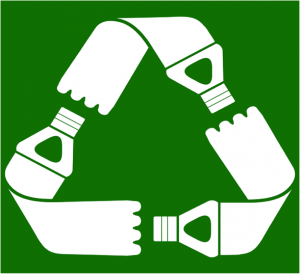 Actually, each of the stages is a complete action. In simple terms, purified shredded polymer (flake) or agglomerate can be sold as the final product.
Actually, each of the stages is a complete action. In simple terms, purified shredded polymer (flake) or agglomerate can be sold as the final product.
Plastic can be recycled no more than 4-5 times due to thermal effects, which deteriorate the properties of polymers. After recycling, the material is used in the production of fibers for carpets and synthetic clothing (about 30% of all recycled materials). The lion’s share of recycled plastic (about 70%) is used in the production of polyester fibers, which is subsequently used to insulate sportswear, sleeping bags, as a filler for soft toys. After the last cycle, as a rule, plastic is used in road construction.
An Alternative Way to Get Rid of Plastic
The most compelling method of fighting against recycled plastics is to stop the production of this environmentally resistant material. The overwhelming majority of scientists are convinced that plastic developed based on plant raw materials — that is, biodegradable — having lost its practical interest, will decompose into environmentally safe substances (carbon dioxide, biomass, water, etc.).
At the same time, the basic raw materials for the production of environmentally friendly plastic can be renewed almost indefinitely. However, the degradation of such polymers won’t occur without the presence of the following factors:
microorganisms;
special chemical composition;
certain climatic conditions.
read more
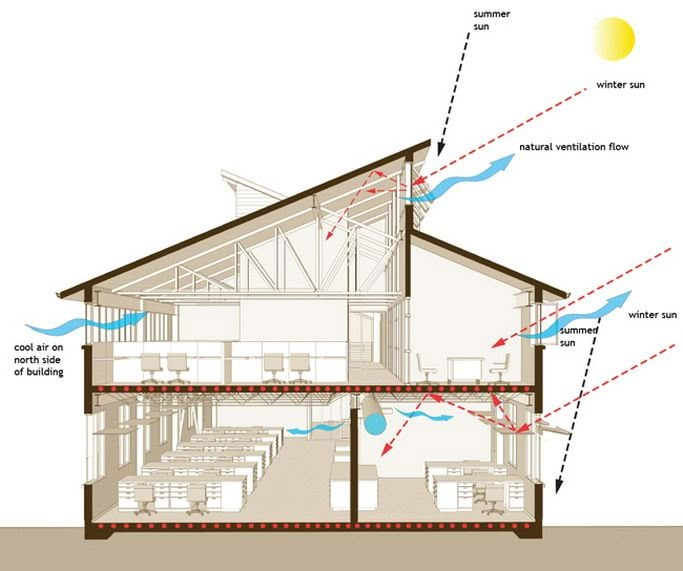

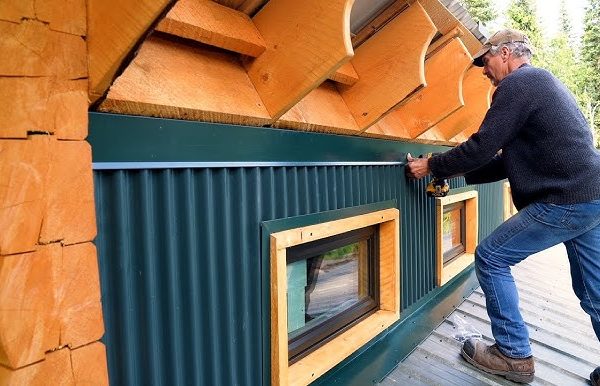

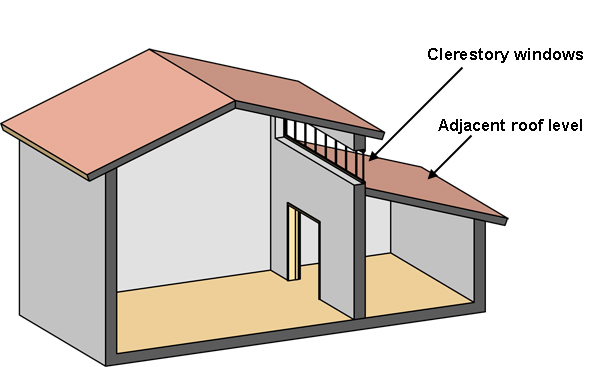
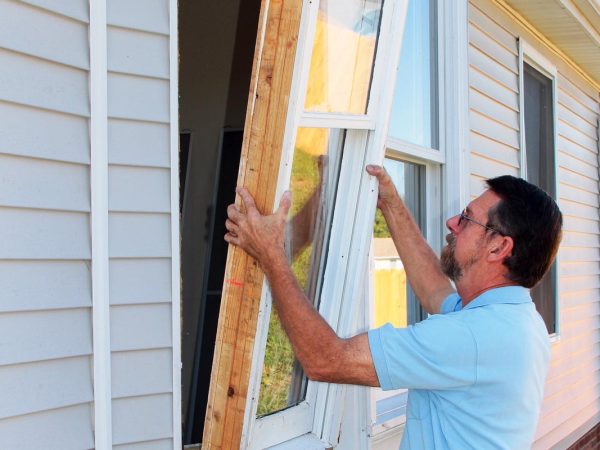
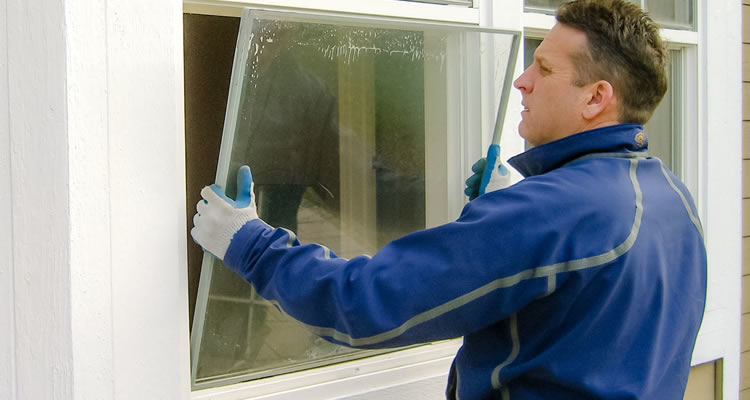
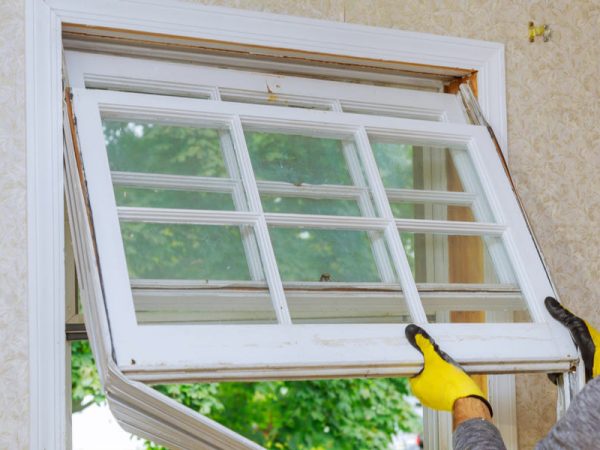
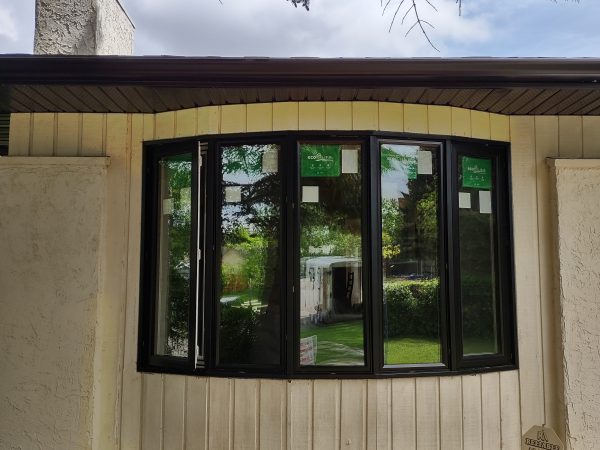

 Pyrolysis — thermal decomposition of substances with or without oxygen.
Pyrolysis — thermal decomposition of substances with or without oxygen. Actually, each of the stages is a complete action. In simple terms, purified shredded polymer (flake) or agglomerate can be sold as the final product.
Actually, each of the stages is a complete action. In simple terms, purified shredded polymer (flake) or agglomerate can be sold as the final product.